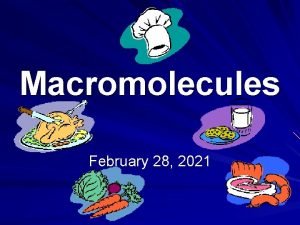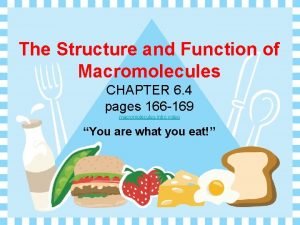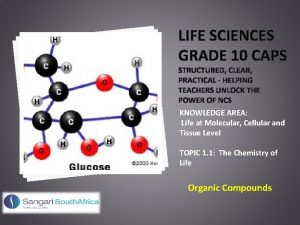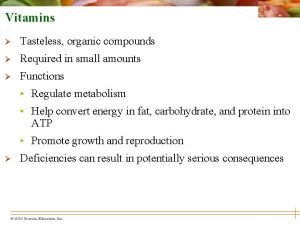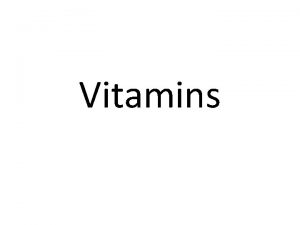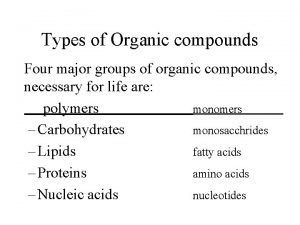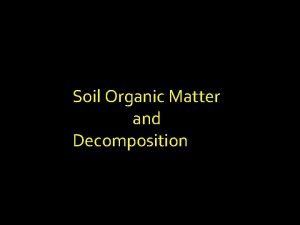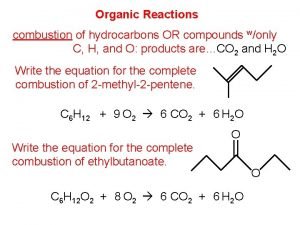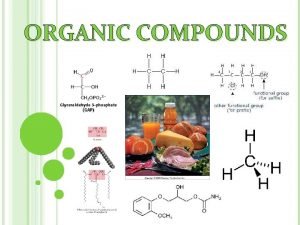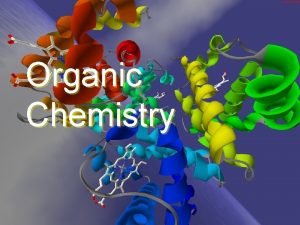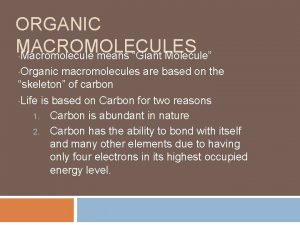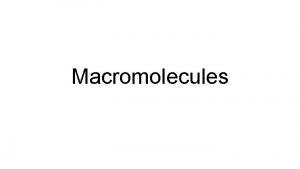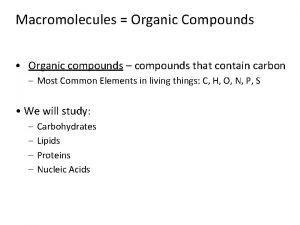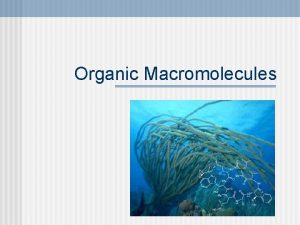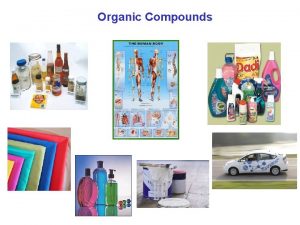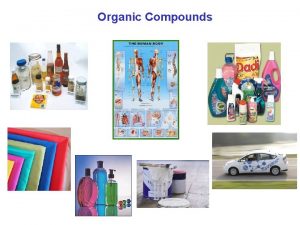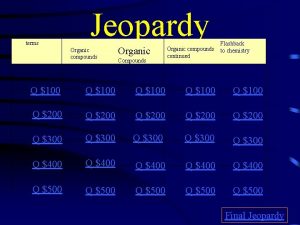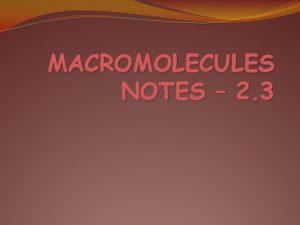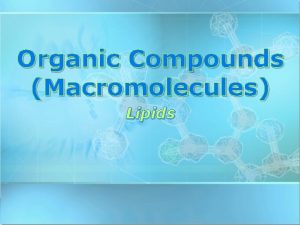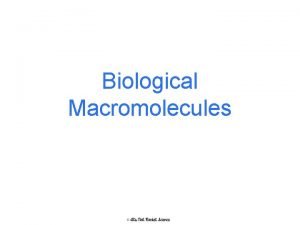Macromolecules Organic compounds of life Macromolecule A large












- Slides: 12

Macromolecules Organic compounds of life

Macromolecule • A large, complex molecule made up of repeating subunits (also called a polymer) –Poly = many –The repeating subunits are known as monomers (mono = one)

Lipids Carbohydrates • Lipids The Chemicals of Life Proteins Nucleic Acids

CARBOHYDRATES • Elements: carbon, hydrogen, and oxygen (CHO) • General Formula: (CH 2 O)n • Subunit: saccharides (different types of sugars) • Monosacharides, disaccarides, polysaccharides

CARBOHYDRATES • Examples • Sugars – fruits and some vegetables • Starches – bread, pasta, potatoes, and rice • Uses • Immediate energy • Cell walls are composed of cellulose (chains of glucose) • Found in cell membranes

LIPIDS • • Elements: carbon, hydrogen, and oxygen (CHO) Subunits: fatty-acid chains and glycerol Triglycerides are called fats if they are solid at room temp, and oils if they are liquid at room temp Examples: fats (butter), oils (vegetable, olive, etc), and waxes (like candles or the coating on leaves)

LIPIDS • Uses • Long-term energy storage (MUCH more energy than carbs); good for hibernation and to keep you warm • Important component of the cell membrane (phospholipids) • Steroids (like cholesterol and hormones) • Protects against water loss and injury

PROTEINS • • Elements: carbon, hydrogen, oxygen, & nitrogen (CHON) Subunits: amino acids bound by PEPTIDE bonds • Examples: meat, eggs, fish, nuts, and beans • Uses • *Enzymes, which speed up chemical reactions • Component of the cell membrane and other organelles within the cells, as well as skin/hair/ nails • Muscle movement • Regulates hormones

PROTEINS • Levels of structure • • Primary – amino acids Secondary – alpha helix or beta pleated sheet Tertiary – globular (ex: hemoglobin) Quaternary – 2+ proteins joined together

NUCLEIC ACIDS • Elements: carbon, hydrogen, oxygen, nitrogen, and phosphorus (CHONP) • • • Subunit: nucleotides Function: Store and transmit genetic information Examples • • • DNA – the genetic material that is passed from parent to offspring RNA – plays important role in the production of proteins ATP (energy) – a nucleotide with three phosphate groups

How Monomers Become Polymers • Dehydration synthesis: water is removed when two monomers come together to form a polymer HO H H 2 O HO H

How Polymers Become Monomers • Hydrolysis: water is added to a polymer to divide it into its monomers (ex: digestion)
 Macromolecule chart
Macromolecule chart What is this?
What is this? Organic compounds grade 10 life science
Organic compounds grade 10 life science Water soluble vitamin absorption
Water soluble vitamin absorption Classification of vitamins chart
Classification of vitamins chart The four types of organic compounds
The four types of organic compounds Decomposition of organic matter equation
Decomposition of organic matter equation Organic and inorganic compounds experiment
Organic and inorganic compounds experiment Combustion of organic compounds
Combustion of organic compounds Organic compounds made by living things
Organic compounds made by living things All organic compounds must contain the element
All organic compounds must contain the element Organic compounds must contain
Organic compounds must contain Order of functional groups
Order of functional groups
